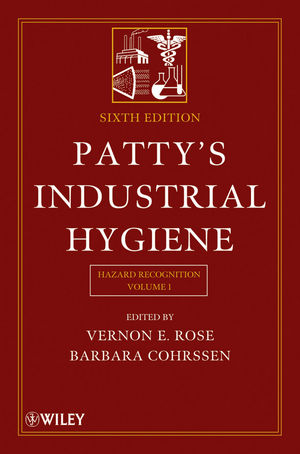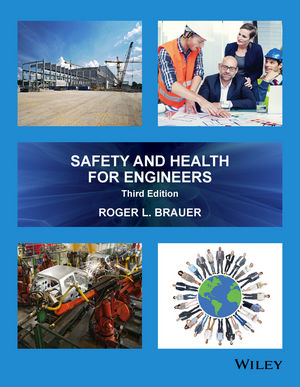
During the summer months of July, August and September, 7.4 million iPhones were sold worldwide, with sales soaring 185 percent to $2.3 billion for Apple. Overall profits jumped 46 percent for Apple during the three-month period to $1.67 billion.
Golly good job, Steve Jobs. Leads us to wonder: recession, what recession?
Indeed, there is evidence that things are finally, slowly starting to pick up as 2010 winds down. Drug-maker Pfizer reported third-quarter profits rocketed up 26 percent to $2.88 billion. At the same time, Wells Fargo nearly doubled the amount of money it made just a year ago, reporting record profits of $3.2 billion.
Bulldozer maker Caterpillar, Inc. and hydraulic-parts maker Parker-Hannifin Corporation “joined the chorus of companies that are saying the worst of the recession is past,” based on results from the third quarter, reportedThe Wall Street Journalin late October.
Now doesn’t that chirping corporate chorale make you feel a bit lighter on your feet?
Not so fast
Maybe, maybe not.“Americans see little hope of finding a quality job,” reported Gallup, based on a nationwide survey conducted in October. Only one in ten Americans feel now is a “good time” to land a quality gig, according to Gallup. One in six are either underemployed or unemployed, estimated Gallup.
That’s harsh. The nation’s unemployment rate scaling the formidable ten-percent level in October was another psychological blow.
Hope is still a foreign feeling for many workers across the country. Employee morale has been seriously dinged in the past 12 months, according to almost seven in ten (68 percent) EHS professionals surveyed byISHNfor our annual White Paper State of the EHS Nation report. Eight in ten pros (81 percent) in large worksites with more than 2,500 employees said morale nose-dived. Of course that’s where the most massive headcount reductions are occurring.

Happy days aren’t here again for many workers.
A tense landscape
Most EHS pros are staring at a daunting challenge in 2010: 73 percent say a priority will be to engage employees more in health and safety activities. Almost half (46 percent) plan to use employees as training instructors.This isn’t exactly the best of times to lean more heavily on employees to carry the load. Many of the recent rosy financial reports rest on a steep price paid by workers. Profitable Pfizer, for instance, plans to cut 20,000 jobs in the coming year. “The landscape is marked by general tension,” as one blogger put it.
If you’re one of those who want to get more out of your employees in the coming year, stay away from cheap tricks and short-term fixes. In fact, you might want to pick up a copy of Barbara Ehrenreich’s latest book, “Bright-Sided: How the Relentless Promotion of Positive Thinking Has Undermined America.”
All sorts of promotions — game shows, cafeteria bingo, cartoon contests, sloganeering, essay competitions and much, much more — have ultimately undermined health and safety programs. It’s not because EHS pros are willful schemers or some kind of false prophets. Many well-intentioned programs have suffered from the law of unintended consequences. Almost half (49 percent) of all pros we surveyed believe incentive contests too often promote hiding injuries to win awards. Too many promotions in health and safety have relied on simple slogans, banners, posters, gimmicky games, fleeting themes and pie-in-the-sky goals. They comprise one-off events that are not sustainable. It’s sizzle over substance. Not always, of course, but many a health and safety program has lost credibility with the workforce thanks to cartoonish tricks, childish contests, and empty exhortations.
Adrenaline fixes
Today’s workforce, after decades of downsizing, outsourcing, mergers and acquisitions, lost loyalties and CEOs with nicknames like Neutron Jack and Chainsaw Al, is jaded, anxious and suspicious. Of course there are always exceptions, workplace cultures managed and infused with a healthy dose of emotional intelligence. Often these workplaces are small in size, located in small towns, perhaps family-owned, where turnover is low and face-to-face communication, listening, and brainstorming is more easily accomplished.But as Ehrenreich points out in her book, many businesses use motivational methods as adrenaline fixes to offset “nonproductive funks.” Corporations buy motivational books, CDs, DVDs in bulk for free distribution to employees. They hold pep rallies, pep talks, actually recruit college cheerleaders to be always-smiling, always-perky sales reps (particularly in the pharmaceutical industry, according to Ehrenreich). She calls these moves measures of “social control.”
Commanders or promoters of these control stunts seem oblivious to hard times. The elephant on the shop floor that managers don’t want to talk about are the layoffs, salary cuts or freezes, lost bonuses, longer work hours and other scars carried by employees still standing after this brutal recession. Executives for the most part are not opening up and conceding bad strategic decisions or forecasting mistakes. That sort of self-reflection is rare in corporate corridors. It’s easier to put the onus on employees. “Didn’t you listen to that speaker we brought in?” “Just be happy you still have a job.” “Master your own mind.”
Supply and demand
The business of motivating employees constitutes a vast and growing industry. Citing estimates by Marketdata Enterprises, Ehrenreich reports that in 2005 the U.S. market for tapes, books, coaches, calendars, coffee mugs, workshops and conventions to improve business leadership, relationships, engagement, as well as personal self-help products, totaled $9.6 billion.The best of these products, services and guest speakers can indeed be inspiring, even life-changing.
But buyer beware.
The worst amount to manipulative mind games and mousy behavior modification. A seasoned, savvy workforce sees right through efforts to force optimism and disingenuous pledges to “build team spirit,” “soar to new heights,” “empower individuals” and “visualize the way to higher productivity and a better bottom line.”
Remember, in 2009 the demographics of most workforces, especially in manufacturing, are skewed heavily in favor of aging baby boomers who have been there, done that. They won’t get fooled again very easily. Don’t even try. If you want to engage employees and improve performance, sincerity, honesty and openness are your most trusted building blocks.



